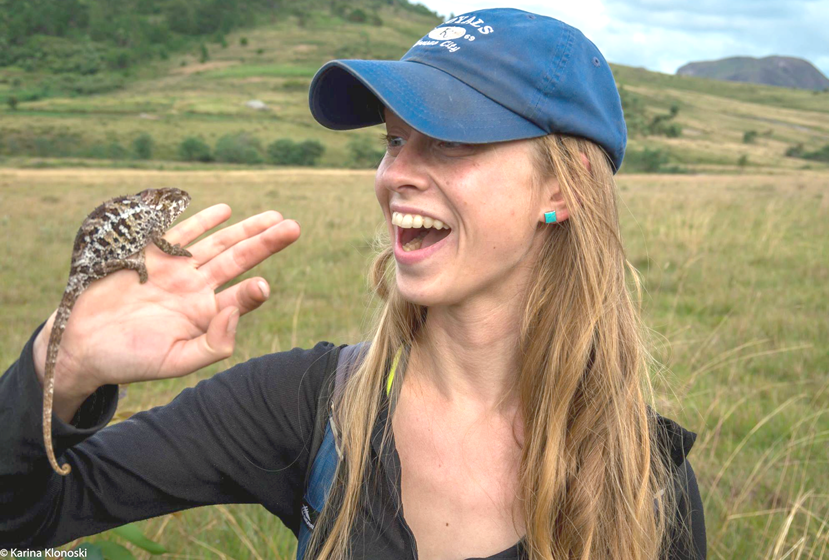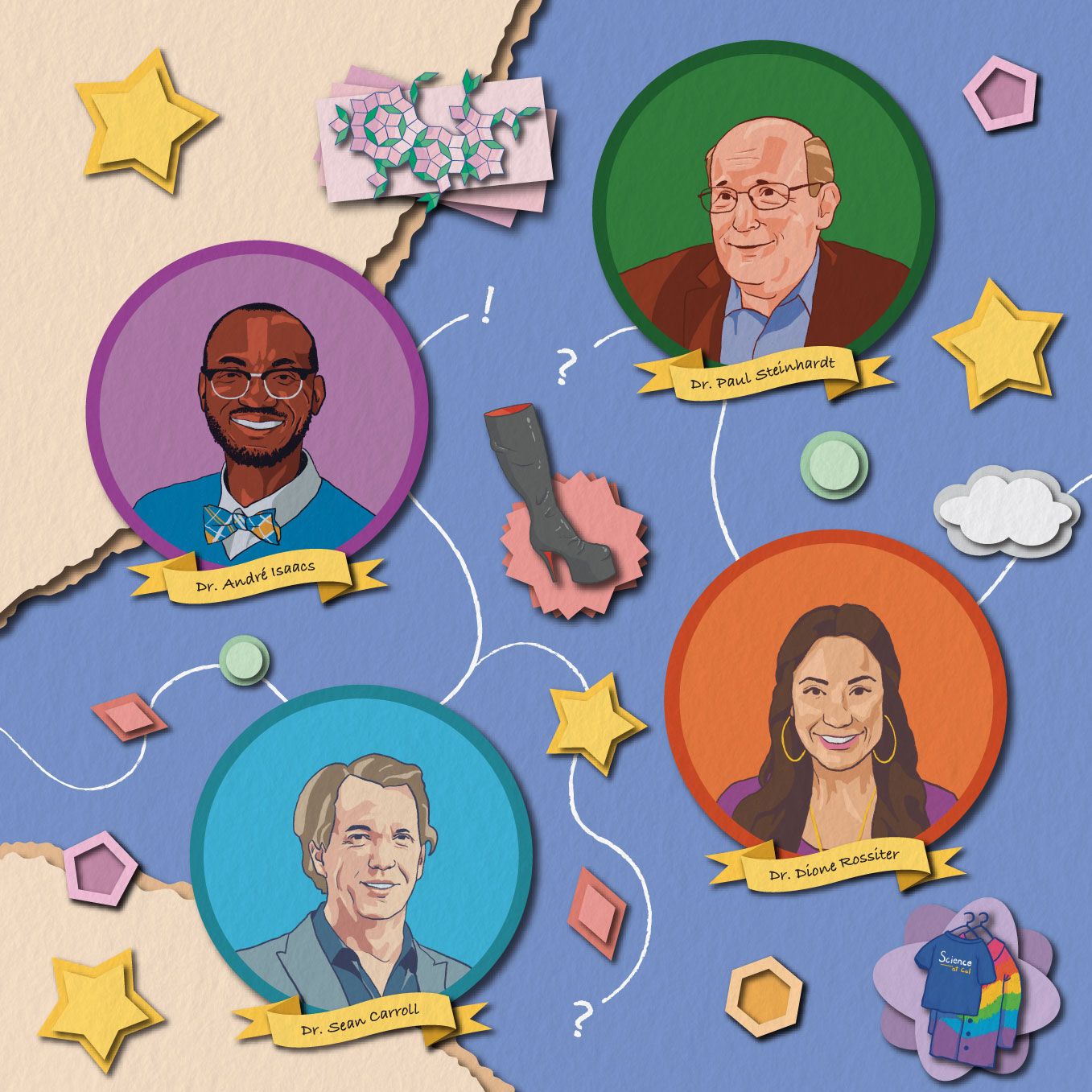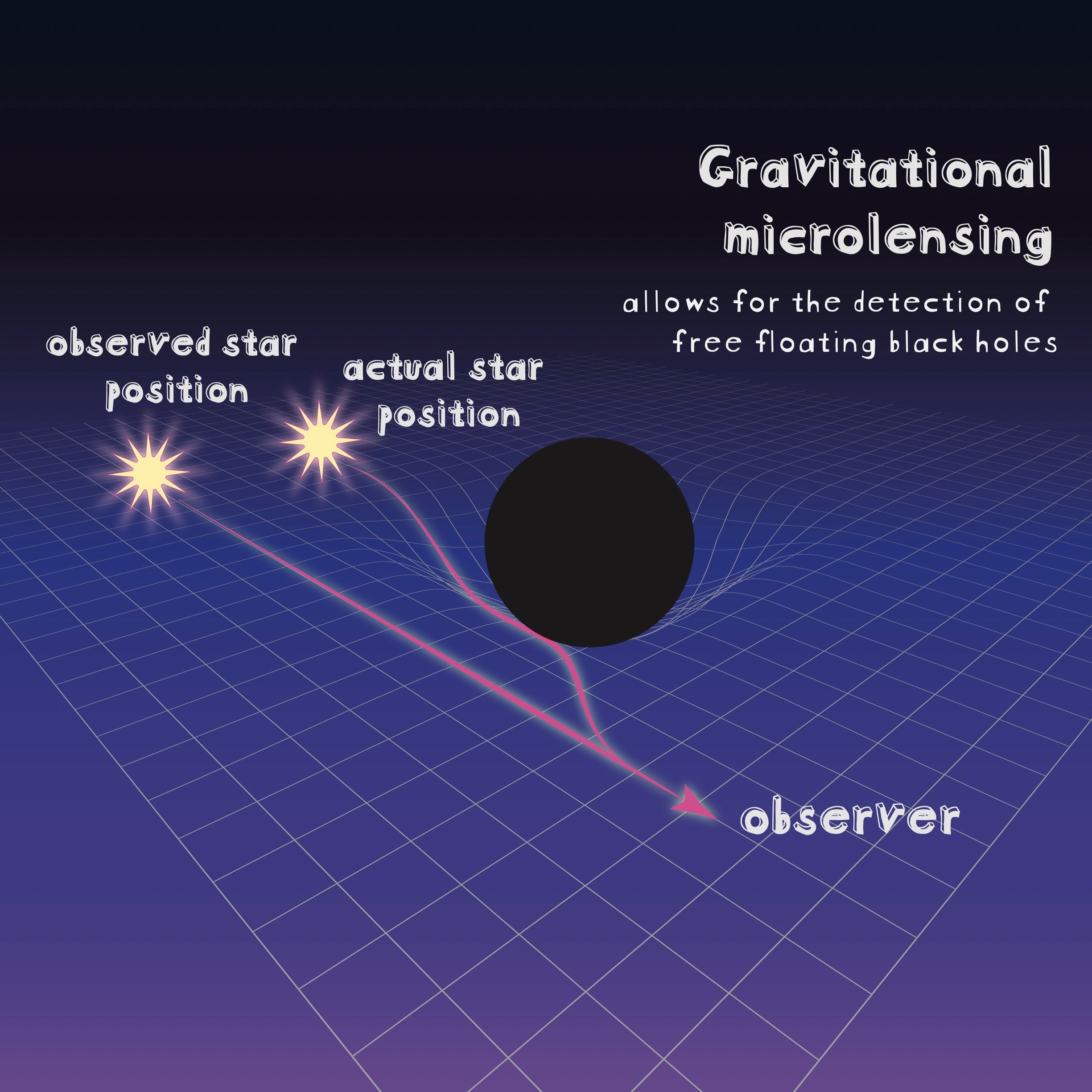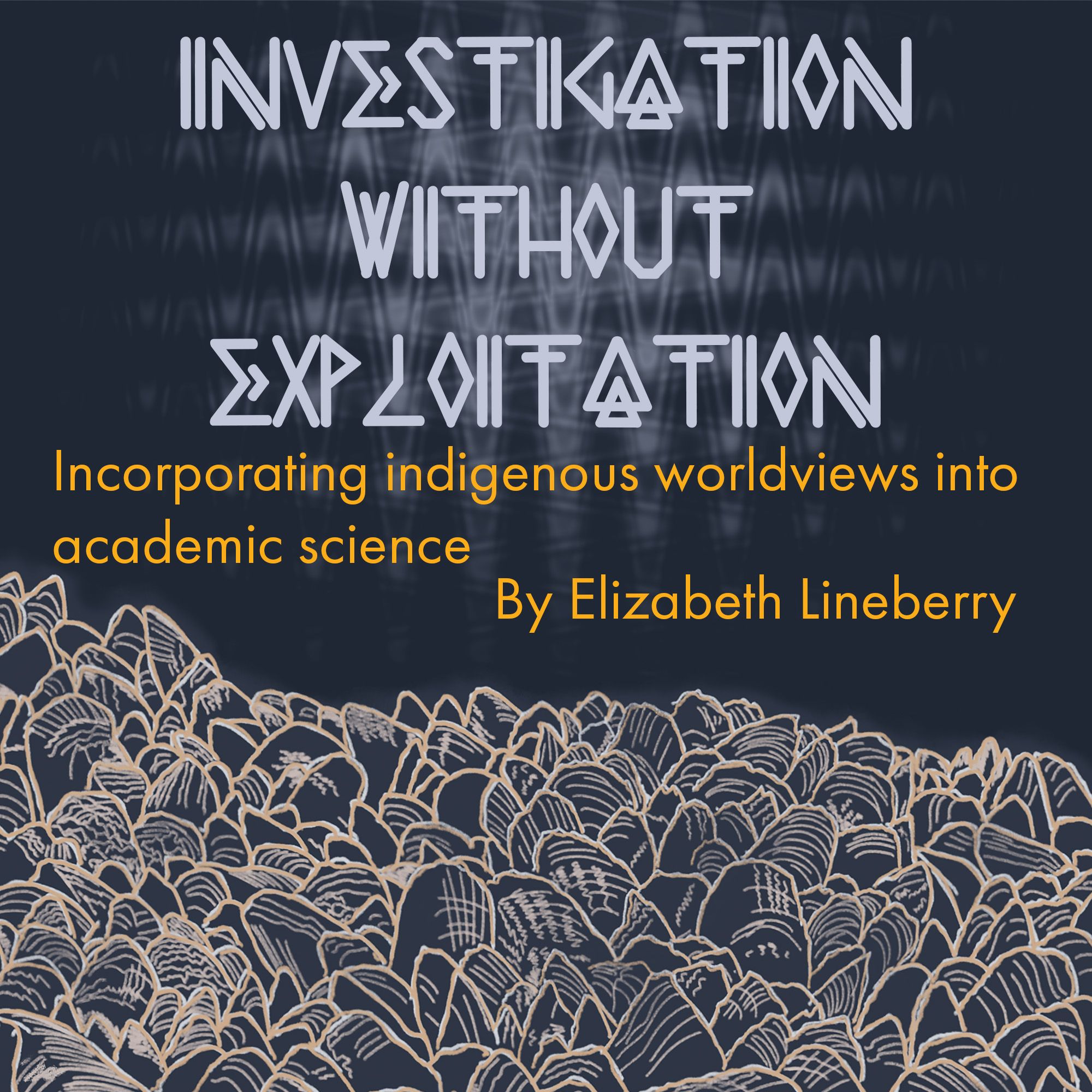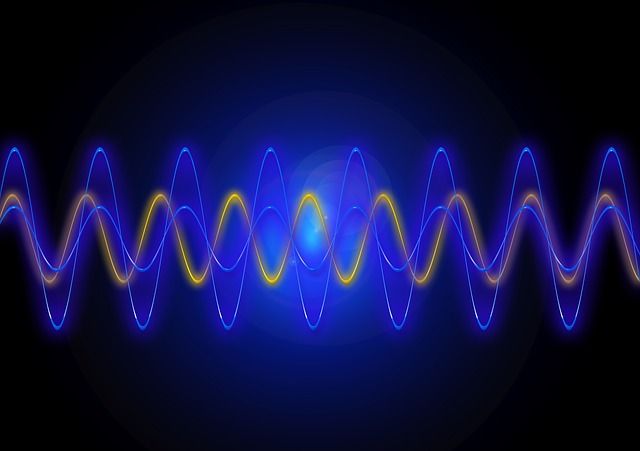
Last week, as previously advertised, UC Berkeley hosted the Breakthrough Prize symposium, showcasing the research of winners present and previous of the award. If you missed the symposium, all of the lectures are available on youtube.
Symposium Highlights by Daniel Freeman
Having not yet mastered the ability to place myself in superposition across the three simultaneous lectures occurring throughout the day, I spent the bulk of the day listening to the Fundamental Physics third of the breakthrough prize symposium (although I encourage the curious to watch the other lectures!).
The very first panel was a roundtable with all seven of the Fundamental Physics prize winners moderated by Yuri Milner. Yifan Wang and Kam-Biu Luk from Daya Bay, Koichiro Nishikawa from K2K, Arthur McDonald from the Sudbury Neutrino Observatory, and Takaaki Kajita and Yoichiro Suzuki from the Super-Kamiokande team. In an unprecedented move, the award money was also split among all of the collaborators on the teams: numbering around 1,370 scientists (Yuri Milner quipped that it was proving difficult tracking everyone down).
Much of Milner's line of questioning was focused on the future: where is neutrino physics going? What are the biggest open questions in physics? What sort of experiment would you perform with a blank check? (one is never sure what Yuri Milner is actually asking when he poses such a question). Being the most decorated Neutrino physicists on the planet (Arthur McDonald and Takaaki Kajita having also won the Nobel Prize this year), their answers were unsurprising: better understanding of neutrino-less double beta decay could finally answer whether neutrinos are Dirac or Majorana fermions--more money and bigger detectors would give us a better handle on neutrino masses. When the questions posed to them flew too far afield, audience members Saul Perlmutter and Edward Witten weren't shy to help out. The panel was a great lens into the life-work of physicists that had accomplished nearly as much as humanly possible in a career.
The middle chunk of the day, barring a fire-alarm, was split over a variety of topics under the umbrella of "The Future of Particle Physics". Nima Arkani-Hamed, in a characteristically lively and quotable talk, spelled out the case of ever-larger particle colliders. Most succinctly: "The great thing about circular colliders is that you get to have your precision cake and eat your precision frontier too." If you need an even better reason, we were going to build a collider called the Superconducting Supercollider in Texas in the 90s that could collide at ~30 TeV (about twice as good as the current LHC). Nima notes that for a newer, bigger collider: "100 TeV is only a factor of ~2 better than something we were going to do 30 years ago."
After Nima, Beate Heinemann summarized the latest data from the LHC, and filled in some of the technical details for what we might expect to see with a more powerful collider. The primary takeaway is that luminosity does not scale linearly with power. More plainly: if you want to discover a particle that's around 1 TeV in mass and you can only collide particles up to 1 TeV, you probably won't see any of it. But if you can collide particles at 10 TeV or even higher, you'll get more than 10 times the signal you did at 1 TeV.
Lawrence Hall wasn't afraid to make a concrete prediction about the next big discovery in physics. According to him, it will be in big data, it will concern dark matter, and it probably won't be one of our favorite models. But, like a good scientist, he qualified these predictions with gigantic error bars--no one really knows what the next big thing will be.
Tom Shutt summarized the state of the art in dark matter particle experiment searches: we've pushed four orders of magnitude in sensitivity, and we still haven't seen anything yet. We're actually reaching the point that some types of experiments will be fundamentally limited--hitting the so-called neutrino floor, where it becomes difficult to disambiguate background neutrino signal from possible dark matter candidates.
Finally, Gabriel Gann outlined the state of the art in neutrino physics experiments. Although neutrino physics got doubly awarded this year, there's plenty left to figure out, and the next generation of neutrino experiments are on the horizon.
Panel Discussion Highlights by Rachel Hood
Gathering together a group of scientific ‘rock stars’ from different branches of science –neurobiologists, theoretical physicists, mathematicians, biochemists and molecular biologists – you might not expect their conversations to converge on similar topics. Yet this is exactly what happened at the Breakthrough Prize panel discussion, hosted at UC Berkeley on November 9 and mediated by Yuri Milner, one of the founders of the prize. The questions of the evening were big and fundamental: What are the origins of life?, Why is the Universe comprehensible?, and How does the human brain work?. Thus, it may not be surprising that the theme running through all of the ensuing discussions was knowledge. How much do we know now, and how much can we know in the future? Are we limited by our cognitive capacities? What role(s) could technology play in supplementing or even eclipsing human understanding of big scientific questions?
Let’s start with the discussion on the origins of life, which featured Jennifer Doudna of UC Berkeley, Gary Ruvkun, Robert Weinberg, and Svante Pääbo. Several milestones have taken place during the last few billion years on Earth that have shaped what kind of life exists today – information became encoded and stored in the form of nucleic acids (most likely first as RNA, and now as DNA), cells became encapsulated, and some organisms transitioned from a single-celled lifestyle into complex multicellular forms. But where the building blocks for life came from and where/how they first combined into life forms remains a mystery. Ruvkun and Weinberg got into a spirited discussion about which times during Earth’s history were the most interesting in an evolutionary sense – three billion years ago, when relatively early life forms were shaping the planet and the atmosphere, or in the last 500 million years, when animals have diversified into a great variety of forms? Pääbo ended this part of the discussion by reflecting on how biological and cultural factors have shaped human evolution during the last 60-70,000 years, as we’ve colonized the globe and built larger societies.
Understanding our universe was the topic of conversation for Saul Perlmutter of UC Berkeley, Nima Arkani-Hamed, Andrei Linde, Edward Boyden, and Richard Taylor. While we know that physical phenomena can be explained by mathematical laws, we don’t know if that’s because we just happen to live in a part of the universe governed by these laws. It’s possible that other parts of the universe might not abide by such rules, and that there are some faraway regions we may never be able to observe due to the accelerating expansion of the universe. Perlmutter and Arkani-Hamed spoke on the cognitive limits imposed by our brains, while Linde suggested that artificial intelligence might be able to understand the universe better than we’ll be able to.
This led nicely into the final section, which was concerned with the workings of the brain. Karl Deisseroth, John Hardy, and Alim-Louis Benabid all study the brain from different angles, and each lent a unique perspective while also agreeing with the others on the challenges of their field. Hardy speculated that understanding our own brains might be outside of their scope – in fact, we don’t thoroughly understand relatively simple nervous systems like that of a nematode worm, which has around 300 neurons. On the other hand, we don’t need a complete understanding in order to develop improved treatments for people with neurological disorders. All of the panelists were hopeful that technological improvements will enable further advances in neurobiology. The more we can observe the complex structures of the brain, the more we will be able to learn about its inner workings.
The Breakthrough Prize was founded by Silicon Valley entrepreneurs in recognition of paradigm-shifting scientists. Technology has accelerated the rate at which we can do science, but the panelists in this discussion remind us that many exciting and difficult challenges remain. We should keep in mind a point raised by Arkani-Hamed: that while the power of one brain may be limited, the power of many brains put together in scientific endeavors leads not just to additive effects, but can multiply our scientific understanding.
Feature image courtesy PixaBay CC License
